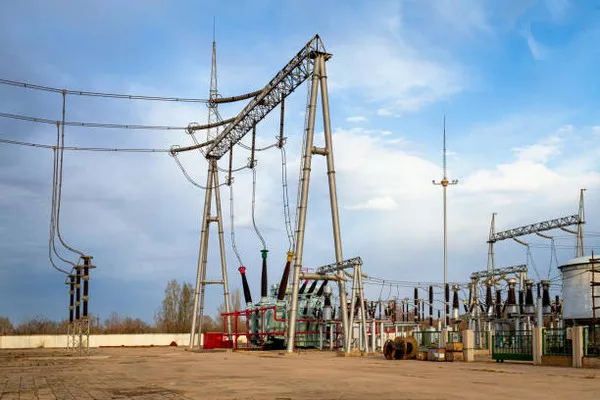In the realm of modern technology, transformers play a pivotal role in ensuring the efficient transmission and distribution of electrical energy. These complex devices serve as the backbone of power grids, converting voltage levels and facilitating the seamless flow of electricity. While their importance is widely recognized, many individuals may wonder: what exactly are transformers filled with? Delving into the heart of these essential components reveals a fascinating blend of materials and fluids that contribute to their functionality, reliability, and longevity.
The Anatomy of a Transformer
Before exploring the fillings inside a transformer, it is crucial to understand the basic structure and function of these devices. Transformers consist of two main parts: the primary winding and the secondary winding, both of which are enveloped by a magnetic core. The primary winding is connected to the input voltage source, while the secondary winding is linked to the output. The magnetic core, typically made of laminated iron or steel, facilitates the transfer of energy between the primary and secondary windings.
To ensure optimal performance, transformers are often enclosed in a tank, protecting their internal components from environmental factors and providing insulation. The substances used to fill the transformer serve various purposes, including enhancing cooling, insulation, and overall efficiency.
Mineral Oil – A Traditional Filling
One of the most common substances used to fill transformers is mineral oil. This traditional choice has been employed for decades due to its excellent insulating properties and efficient heat transfer capabilities. The mineral oil serves a dual purpose: it isolates the windings from the external environment, preventing moisture and contaminants from affecting the transformer’s performance, and it aids in dissipating heat generated during operation.
The oil-filled transformers operate in a closed-loop system, where the oil circulates through the core and windings, absorbing heat and transferring it to external radiators. This ensures that the transformer remains within the optimal temperature range, preventing overheating and potential damage. The use of mineral oil has stood the test of time, contributing to the reliability and longevity of transformers across various applications.
Vegetable Oil as an Eco-Friendly Alternative
In recent years, there has been a growing emphasis on sustainability and environmental consciousness. In response to this trend, researchers and engineers have explored alternative filling materials for transformers, leading to the adoption of vegetable oil as a viable and eco-friendly option.
Vegetable oil, often derived from renewable sources such as soybeans or rapeseed, possesses excellent dielectric properties, making it an effective insulator. Its high flash and fire point enhance safety, reducing the risk of ignition in the event of a malfunction. Additionally, vegetable oil has a lower environmental impact compared to traditional mineral oil, as it is biodegradable and non-toxic.
Silicone Fluids – Bridging the Gap
Silicone fluids represent another class of substances used to fill transformers, offering a compromise between traditional mineral oil and vegetable oil. These synthetic fluids exhibit superior thermal stability and fire resistance compared to mineral oil while maintaining good dielectric properties. Silicone fluids are often chosen for applications where environmental considerations, safety, and high-temperature performance are paramount.
The inherent advantages of silicone fluids include their resistance to oxidation, which contributes to a longer lifespan for the transformer, and their low volatility, reducing the risk of fluid loss over time. The adoption of silicone-based fillings aligns with the industry’s commitment to innovation and continuous improvement.
Ester-Based Oils – Performance and Environmental Benefits
Ester-based oils have gained prominence as another eco-friendly alternative for transformer filling. Derived from organic acids and alcohols, ester oils exhibit excellent biodegradability and low toxicity. Their inherent chemical stability enhances the overall performance of transformers, providing superior oxidation resistance and a longer service life.
Moreover, ester-based oils contribute to fire safety by having higher flash and fire points compared to traditional mineral oils. This not only minimizes the risk of ignition but also ensures that transformers filled with ester oils are better equipped to withstand extreme conditions.
See Also What Happens When a Transformer Fails?
Conclusion
In the dynamic landscape of electrical engineering and power distribution, transformers stand as indispensable components, facilitating the efficient and safe transfer of electrical energy. The materials used to fill transformers play a crucial role in determining their performance, reliability, and environmental impact.
From the traditional use of mineral oil to the emergence of eco-friendly alternatives like vegetable oil, silicone fluids, and ester-based oils, the industry continues to evolve in pursuit of enhanced efficiency and sustainability. As technology advances, the quest for optimal transformer fillings persists, driving innovation and shaping the future of electrical infrastructure. Understanding the diverse range of substances employed to fill transformers provides valuable insights into the intricacies of these essential devices that power our modern world.

